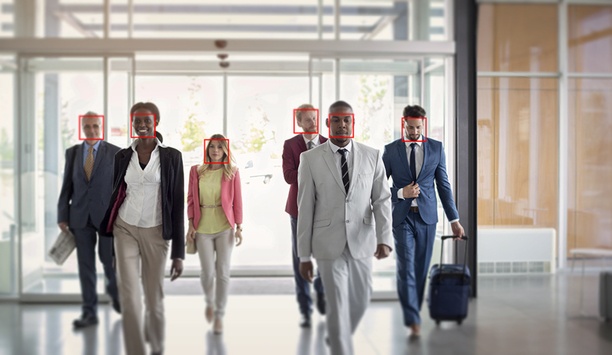Video. It’s a central part of everyone’s lives — whether it’s streaming content to your home television, sharing your own recorded movies on social media or transforming video into actionable intelligence in the business environment — and the value of video from all aspects and markets in the world continues to expand.
Use cases are growing as well: Employee training, student learning evaluations, marketing reviews, drone video capture for real estate sales and customer engagement — the possibilities are endless. In fact, I’m truly surprised by how users are finding new ways to leverage video, ones I haven’t even imagined … yet.
Of course, the ever-expanding interest in video content leads to an (important) discussion on video storage, and we can’t discuss storage without talking about the primary concepts that drive efficient, secure and effective video capture: performance, resiliency and reliability.
Performance
Performance is the single most important aspect of delivering high-quality video. The ability to store large amounts of content without dropping frames, which leads to image quality degradation and video loss, is paramount. System resiliency is also critical to ensure uninterrupted business operations. An airport or a casino can’t simply shut down if their video system fails (not without significant cost, operational disruption or a bunch of unhappy folks), and therefore need to do everything possible to eliminate the risk of downtime and data loss.
Resiliency
The simple fact is that live and recorded video must be available and accessible at all times, even when hardware fails. System failures — from both storage and video management platforms — are not tolerable because they open the door to increased risks, new vulnerabilities and potential operational interruptions, all of which lead to unacceptable liabilities and risk. Video needs to be protected just as an enterprise would protect corporate and IT data. With that being said, organizations need to turn to solutions proven within the rigorous walls of the IT world. To learn more about how IT is transforming video surveillance, please read my first article in this series.
Reliability
In today’s environment, video is considered mission-critical in most applications and to be honest, it needs to be! Think about the potential business and security consequences of a situation in which there is no opportunity to review video of an incident or dispute a liability claim. The potential impact of lost video should be evaluated with a risk-based model specific to your organization.
 |
| A higher risk of downtime or data loss translates to an overall higher financial risk exposure to the organization |
For example, what if lost video or system downtime means your business cannot defend itself against a lawsuit? Unfortunately, the likelihood of this happening increases your organization’s exposure to risk — a higher risk of downtime or data loss translates to an overall higher financial risk exposure to the organization.
Quite frankly, storage is the most expensive and overlooked component of any video deployment. You have to consider not only the cost of hardware (often the largest upfront cost), but also the cost of software, ongoing license fees and software updates. You also need to evaluate the cost of the administration and management of the system, a task that often becomes more complex as systems expand over time.
Scalability is also a significant requirement because it allows facilities to start small and expand systems as needs, technologies and budgets change over time. It is important to keep these evolving requirements in mind because trust me, in the future, your video system will not be the same scale it is today or tomorrow.
Planning For The Future
Big Data, deep learning and security applications will continue to drive investment in new innovations and the traditional IT storage solutions (from those big brands we all know) will be challenged by the write-intensive nature of video surveillance. Storage platforms that can deliver enterprise-class IT capabilities and support mixed workloads, advanced levels of data protection and high system performance are the future of security operations and IT data centers.
There are a myriad of ways to incorporate advanced IT platforms into your video storage infrastructure, allowing you to capitalize on the organizational demands of today while addressing the ever-increasing data-intensive requirements on the horizon.































